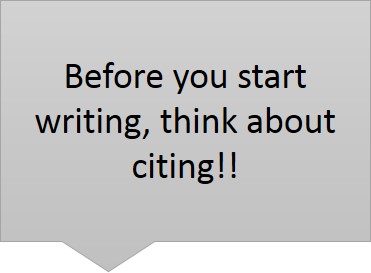 |
| image licensed for sharing by Tennessee Tuxedo |
____
As an instructor, I frequently run into examples of student writing that contain key phrases, entire sentences, and even entire paragraphs that were written by someone else -- not cited by the student. I have also, though far less frequently, received a paper or final project that was written entirely by someone else.
Both of these can be viewed as plagiarism. But there is an important difference. In the second case, the use of another's work as the student's own was clearly intentional and deserves severe consequences. In the former case the intentionality may be harder to discern. I choose to treat these cases as poor writing skills, and an opportunity for me to provide students with skills to succeed in the future.
There are many causes of unintentional plagiarism.
- With digital tools it is dangerously easy to use copy-and-paste instead of taking notes in one’s own words. I have observed otherwise ethical professionals forget that their copy-and-pasted notes are actually in another's words and use them to produce a paper or report.
- Many students develop poor strategies in primary school and continue them to this day. Students will often tell me that they thought quotation was unnecessary as long as they only used an "insignificant" phrase or sentence (or three) from another source. Alternatively students may believe that it is acceptable to use large portions of another's work as long as quotation marks or citation are added.
- A poor paraphrasing strategy that writers may not have shed by college is taking another's sentence and replacing or reorganizing words. They see paraphrasing as a restructuring of another authors words, rather than a restating of the underlying meaning.
- Some students have genuinely not received the expected training on the distinction between original writing and plagiarism.
Just as digital media has made it easy for students to copy others' words, it has also made it easy for instructors to detect when a student presents others' words as their own. We have powerful tools at our disposal. These tools can be used to catch our students at plagiarism and they can be used to teach our students how to write effectively and honestly.
In part two (scheduled for publication on August 17) I explore strategies for detection of unoriginal writing and for developing student's original-writing skills.
In part two (scheduled for publication on August 17) I explore strategies for detection of unoriginal writing and for developing student's original-writing skills.

No comments:
Post a Comment